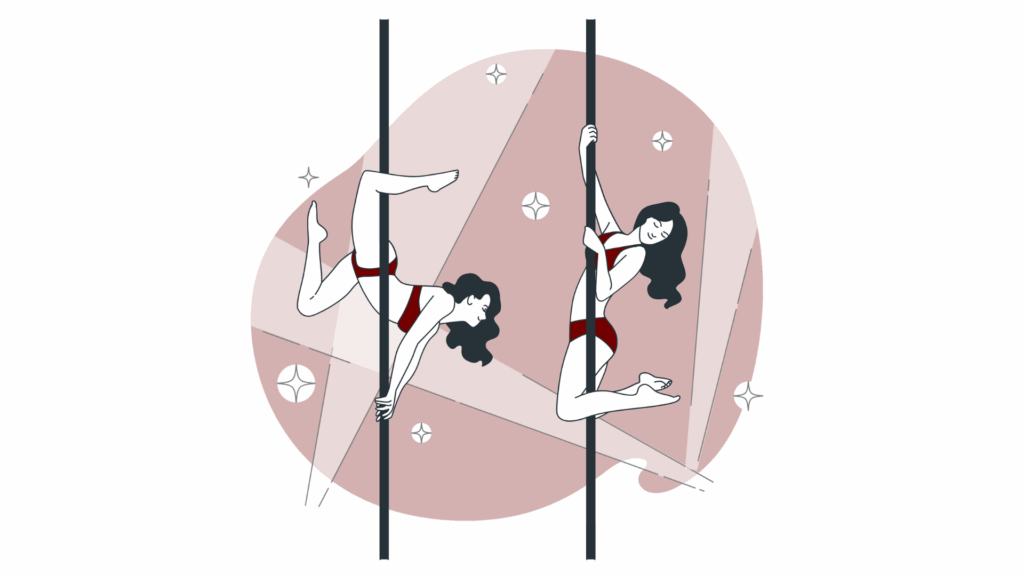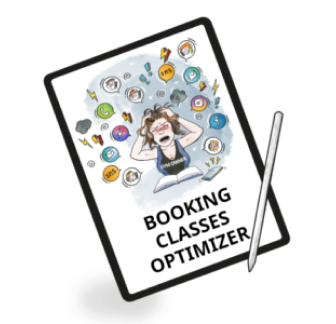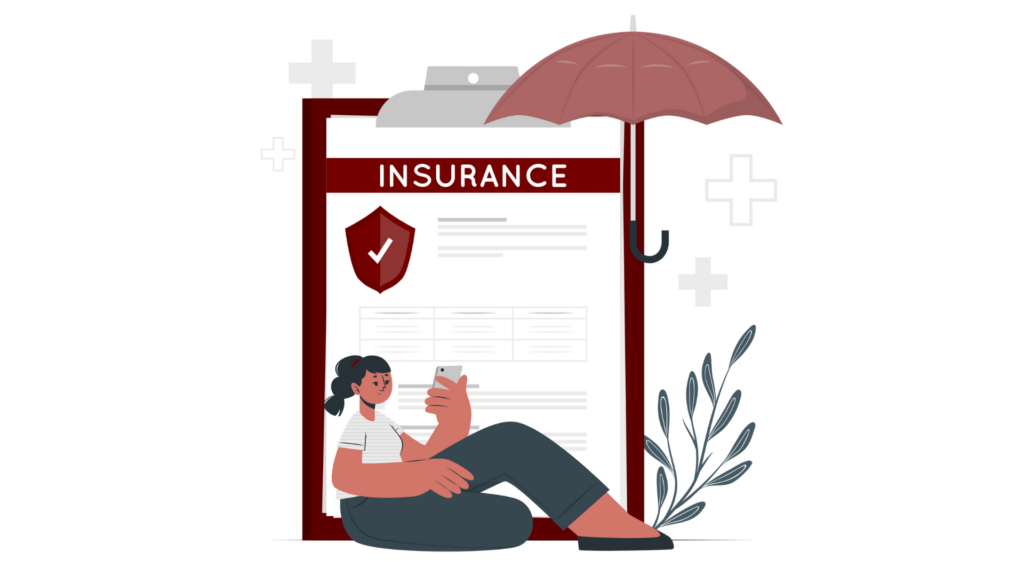So you’re starting a job as a pole dance instructor? Got your certification course done? Choreography ready? Grip strength on point? Yes, you are going to do one of the best fitness jobs sporty girls may dream of! Amazing! But what comes next? Navigating the world of pole fitness instruction can be just as challenging and empowering as the pole dance itself.
Whether you’re planning to join a pole fitness studio, teach private sessions, or even open your own pole space (check out our guide on how to start a fitness business), there are a few things you need to know. This guide covers it all with real 2025 data, practical tips, and smart strategies to help you thrive as a pole fitness classes instructor.

Key Takeaways
- Being a pole fitness instructor is more than a job - it’s a performance art, a business, and a fitness career rolled into one. With the right approach, instructors can earn a competitive income while doing what they love.
- Check how much a pole instructor typically earns and if you should work for an established studio or start your own space. The answer is - it depends…
- Once you're in, learn to negotiate better pay or perks - maybe it’s worth becoming a higher certified pole fitness instructor or trying to become a pole fitness owner? You may also suggest introducing a time-and-money saving SaaS solution - a pole studio software, dedicated exactly for pole dancing studios and meeting their needs.
How much do pole instructors make?
Pole dance instructors’ earnings vary based on experience, pole studio location, and employment type. In the United States, an hourly rate for beginners starts at $15-20 per hour, with experienced instructors earning $50-70 per hour. Private lessons can command $50-100 per hour. Instructors who build a strong reputation or offer private pole fitness classes may earn more.

Pole Fitness Instructor Earnings Breakdown
Pole dance is a relatively new industry. It has evolved from niche to mainstream, becoming a respected discipline blending fitness, dance, and art. For pole dance instructors in the US, this shift has opened up more income opportunities.
There are more and more independent studios where instructors earn according to their engagement and hour of holding classes. Yet, salaries can vary widely depending on multiple factors.
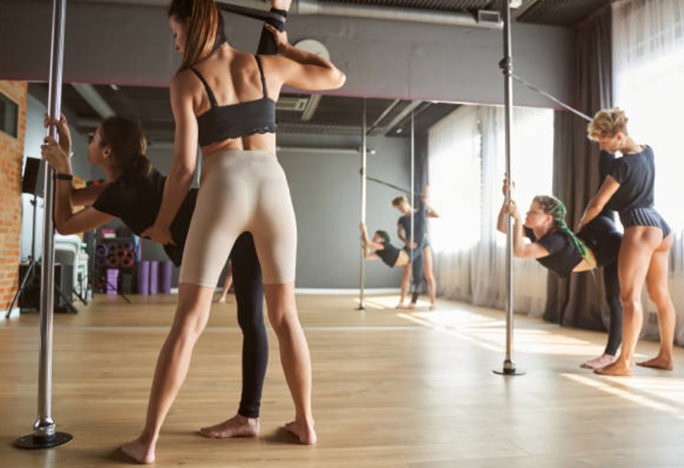
Here’s a look at what impacts pole fitness instructor pay, what averages you can expect, and how to maximize your earnings in this dynamic fitness industry.
What Do Pole Fitness Instructor Salaries Depend On?
Pole dance instructor earnings are influenced by several factors.
Don’t be discouraged, though, because it’s worth approaching this topic as a career path – many instructors start with lower earnings, and then increase them over time. They move to a new location, have more individual lessons, set up their own studio or teach workshops on the road.

Experience & Skill Level
Beginners/new instructors might earn around $15–$25 per hour, while experienced, in-demand instructors in the same studio can make $50–$70 or more per hour.
Required Pole Fitness Instructor Experience & Skill Set
A pole dance instructor should have the following characteristics:
- respect and care for pole studio facilities,
- creating and engaging local community,
- fixed pole skills but being eager to explore flying pole, aerial hoop, tissue acrobatics, etc.,
- formal qualifications: certification course as a must (even when self taught at the beginning of teaching journey) but being open to new courses and education,
- sound system familiar and happy to choose appropriate gym music (changing it systematically not to make students bored),
- being familiar with elegance and dance moves, as well as self confidence and hard sport training.
Location
Big cities like San Francisco, Los Angeles or New York offer higher rates due to demand (more students available in one place) and cost of living.
Independent Studios vs. Stable Contracts
Freelancers and studio owners set their own rates and conditions. Yet, having own pole studios requires handling marketing, studio rentals, gym insurance and many other topics. Studio-employed instructors may earn less per hour but have consistent schedules.
Pole Fitness Class Type
Specialized pole fitness classes (e.g. tricks for advanced students, additional strength training, heels choreography, flexibility, creating content so that students may download courses from a membership app) may allow instructors to charge more.
Certifications & Reputation
Higher certified instructors or competition winners typically command higher fees. They’re like fitness influencers & celebrities 🙂
Average Pole Fitness Instructor Earnings
When you lead pole dancing classes, you should earn on average:

- Hourly: $25-$50 for most classes.
- Private Lessons: $50-$100 per hour, depending on reputation and location.
- Monthly Income: Full-time instructors can earn $2,000-$5,000 per month. Those with additional income streams (e.g. workshops, merch, online programs) can earn more.
Performing Pole Shows: A Lucrative Add-On
Pole dancing’s visual appeal makes it a sought-after performance for events, clubs, and corporate functions. Needless to say, the shows can be performed not only by studio owners, but also by their pole fitness instructors.
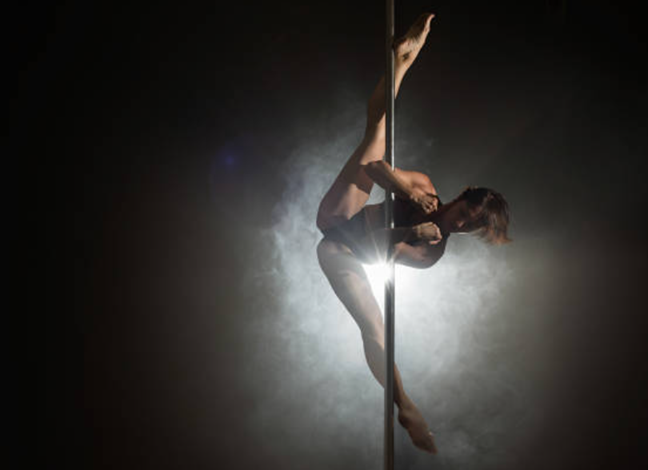
- Club/Event Shows: Dancers may earn $200-$800 per night depending on the venue, length of performance, and skill level.
- Festivals or Corporate Events: These can offer $500-$1,500 for short performances, especially for high-level performers with a unique style or following.
Talent Show Appearances & Prize Money
Some pole artists (both studio owners and instructors) participate in talent shows like America’s Got Talent or The World’s Best, where prize money can be substantial.
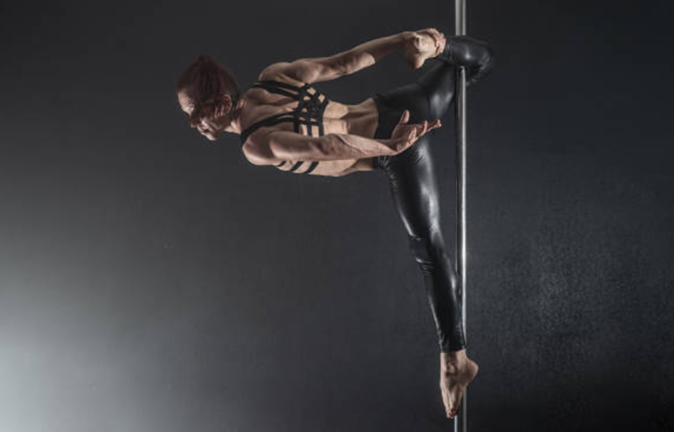
- Winning an Episode: Smaller talent shows or local competitions might award $500-$5,000 for top performances.
- Major Shows: Winning a national talent show can bring in $25,000-$1,000,000, although competition is fierce and success often depends on audience votes and production appeal.
- Exposure: Even without winning, participants can gain followers, sponsorships, and higher class demand.
How to Negotiate a Raise as a Pole Fitness Instructor
Instructors who teach classes, but bring value beyond that, can often negotiate better pay. Apart from your:
- excellent teaching skills,
- choosing motivational music,
- having a broad knowledge on how to ensure student safety (especially during advanced classes and challenging students).
Here are some effective strategies.
Propose Studio-Enhancing Tools
Suggest implementing a pole dance studio software like booking/scheduling platforms (e.g. WodGuru) to streamline operations, track client attendance, and improve customer experience.
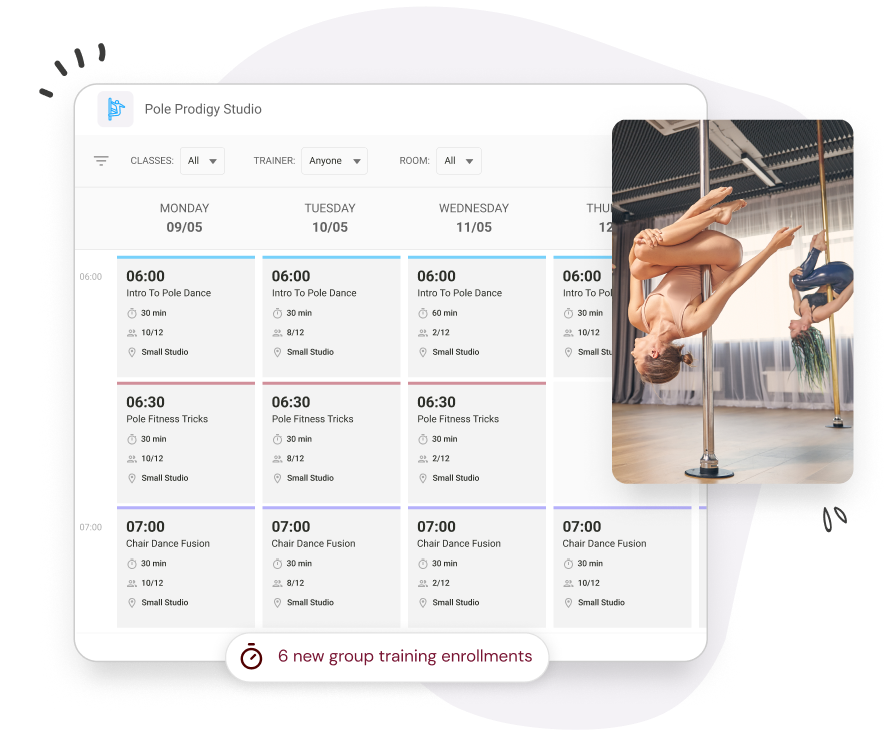
Host Workshops or Specialty Classes
Special classes or gym events often bring in more income per session. Offering to lead them can justify higher pay.
Marketing Support
Help grow the studio’s image and impress studio owners with your commitment: be active online to build social media presence, create content for the purpose of email marketing (fitness newsletters), write class curriculums, or invent and run community events.
Retention Strategies
Develop programs to retain members longer – like monthly challenges or progress-tracking systems. A gym software may be really helpful here too.
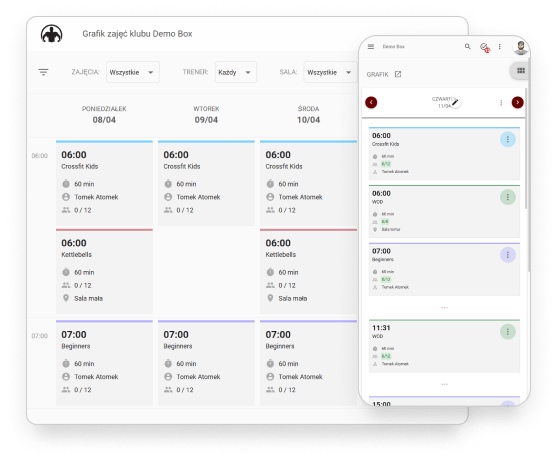
Manage your gym
like a pro
Get more online bookings and increase your gym profit
FAQ
Pole dancers can make good money, especially if they offer private lessons, perform professionally, or work in high-end studios. Earnings depend on experience, location, and how studios pay instructors.
To make money, you can teach beginner students, offer private lessons, or perform at events. Following a complete career guide and adding services like strength training or flexibility classes can boost income.
A good instructor is skilled in strength training, knows how to guide students safely (doesn’t omit crash mats, is cautious even during easy daily exercise, etc.), and continues to learn and grow. To become a pole fitness professional, it’s key to have strong skills for teaching and a passion for the sport.

